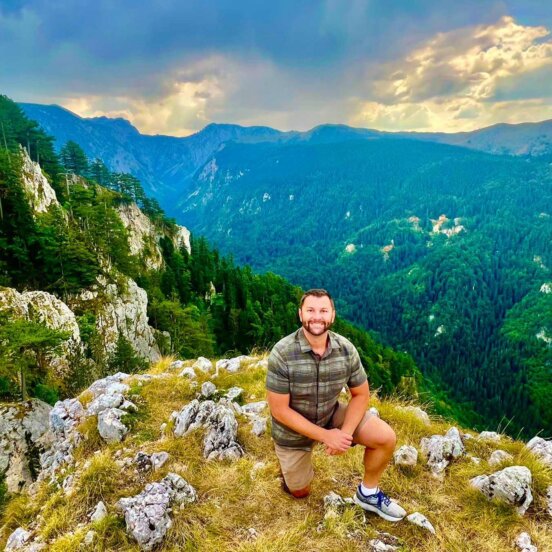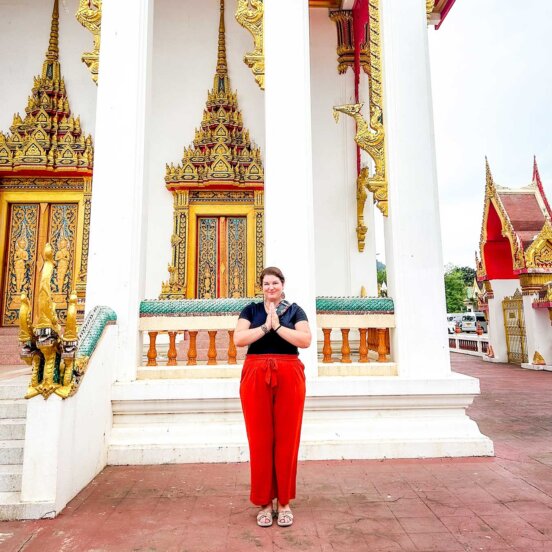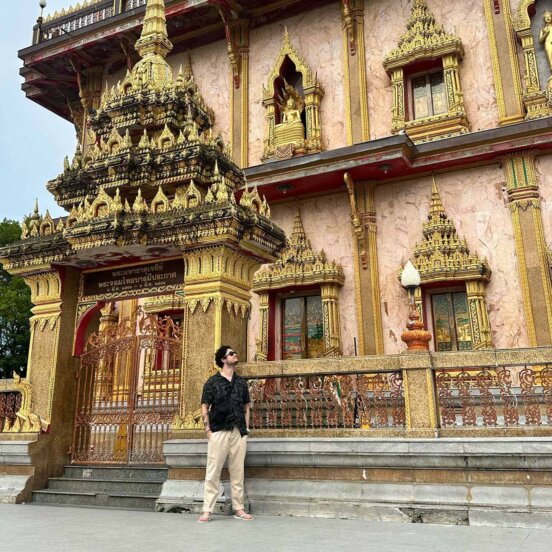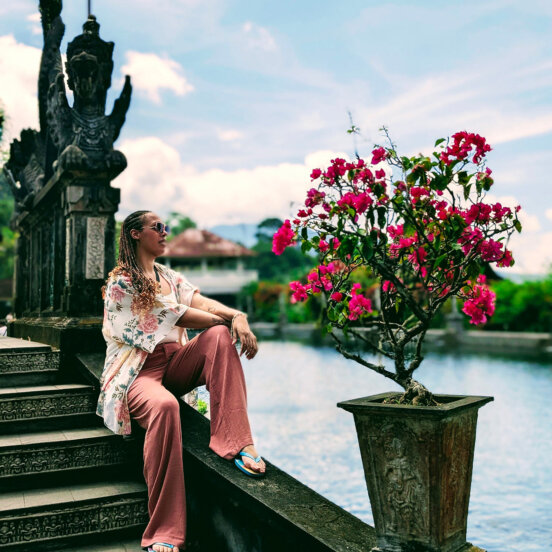Around India in 80 trains: Why the country’s railways are vital to understanding local life

With a creak and a deep mellow horn, the Trivandrum Express began to roll away from the platform at Kozhikode, a coastal city in Kerala, causing a flurry of activity. Passengers who had hopped down for tea, a stretch and a natter soon hauled themselves up through the open doorways, their flip-flopped feet on the edge of the steps.
Vendors hands pulled back from the barred windows leaving twists of masala nuts and magazines in customers laps. Idlers sloped off to different carriages or slid down from the doorway. I shuffled up to the end of my now-empty seat and peered out at the rumpled clouds, the smell of wet earth heavy on the south Indian states’ post-monsoon air.
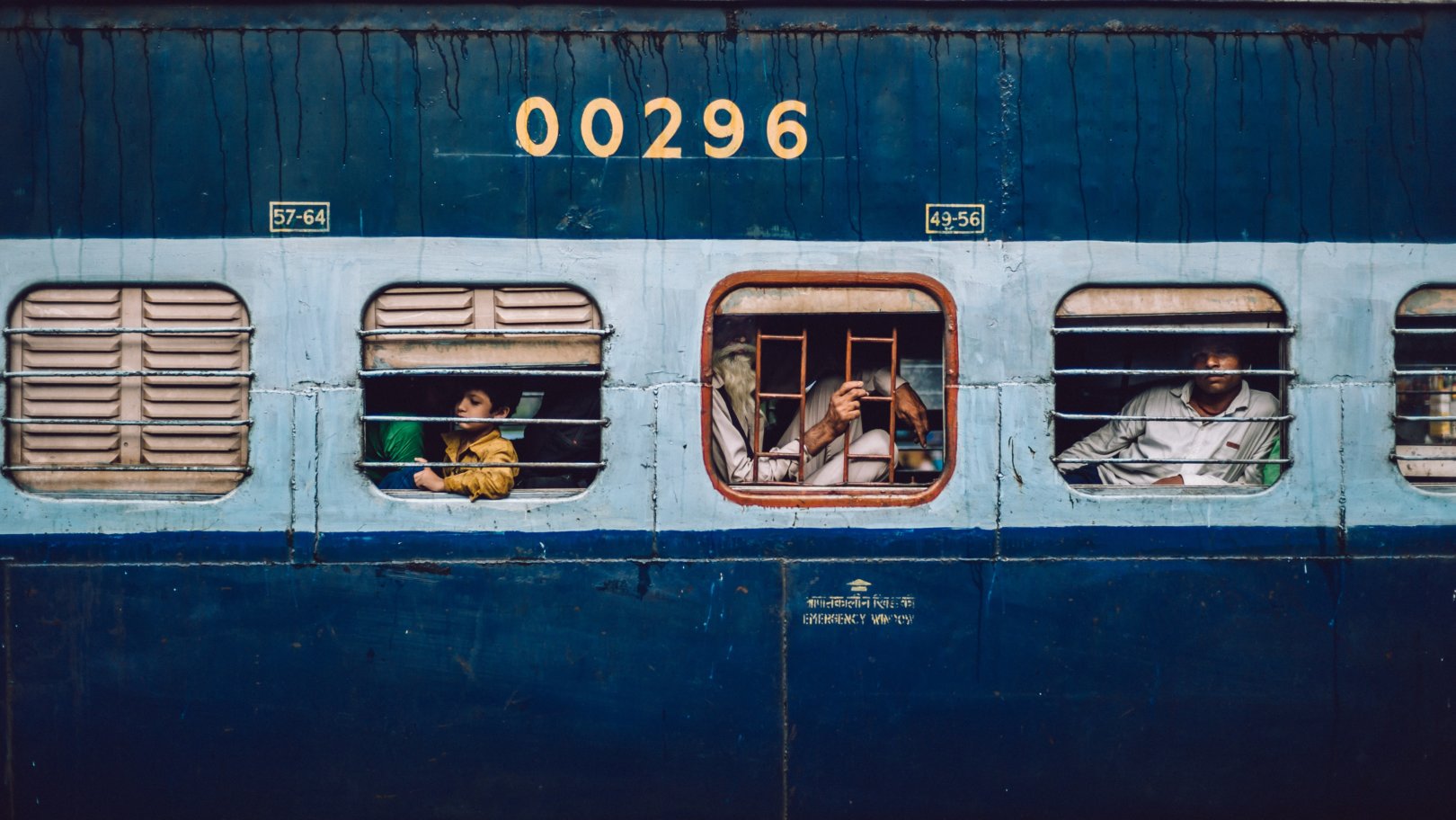
I spent four months travelling the length of India by train
Waterlogged paddy fields sailed past like silver lakes and clusters of coconut trees criss-crossed at the waist. Lone cyclists pedalled on unused track, bundles of sticks tied behind their saddles. Buffalo carts bumped alongside as the train sped south through the greenery of the state, known as God’s Own Country, towards its final destination of Trivandrum. This was just a typical day.
For, in 2010, I spent four months travelling the length and breadth of India by train. Born and bred in the UK – with just two years living in Chennai (formally known as Madras) aged nine – I was keen to reacquaint myself with my motherland. My family originate from the Tamil Nadu capital and Hyderabad but I’d never seen much of the country beyond those two cities. I wanted to understand where I fitted into the new India and where the new India fitted into me.
As many friends and family had done before, I wanted to witness the Taj Mahal by moonlight, glide along Kerala’s backwaters, pace around Rajasthan’s forts and palaces and spot tigers in the wild.
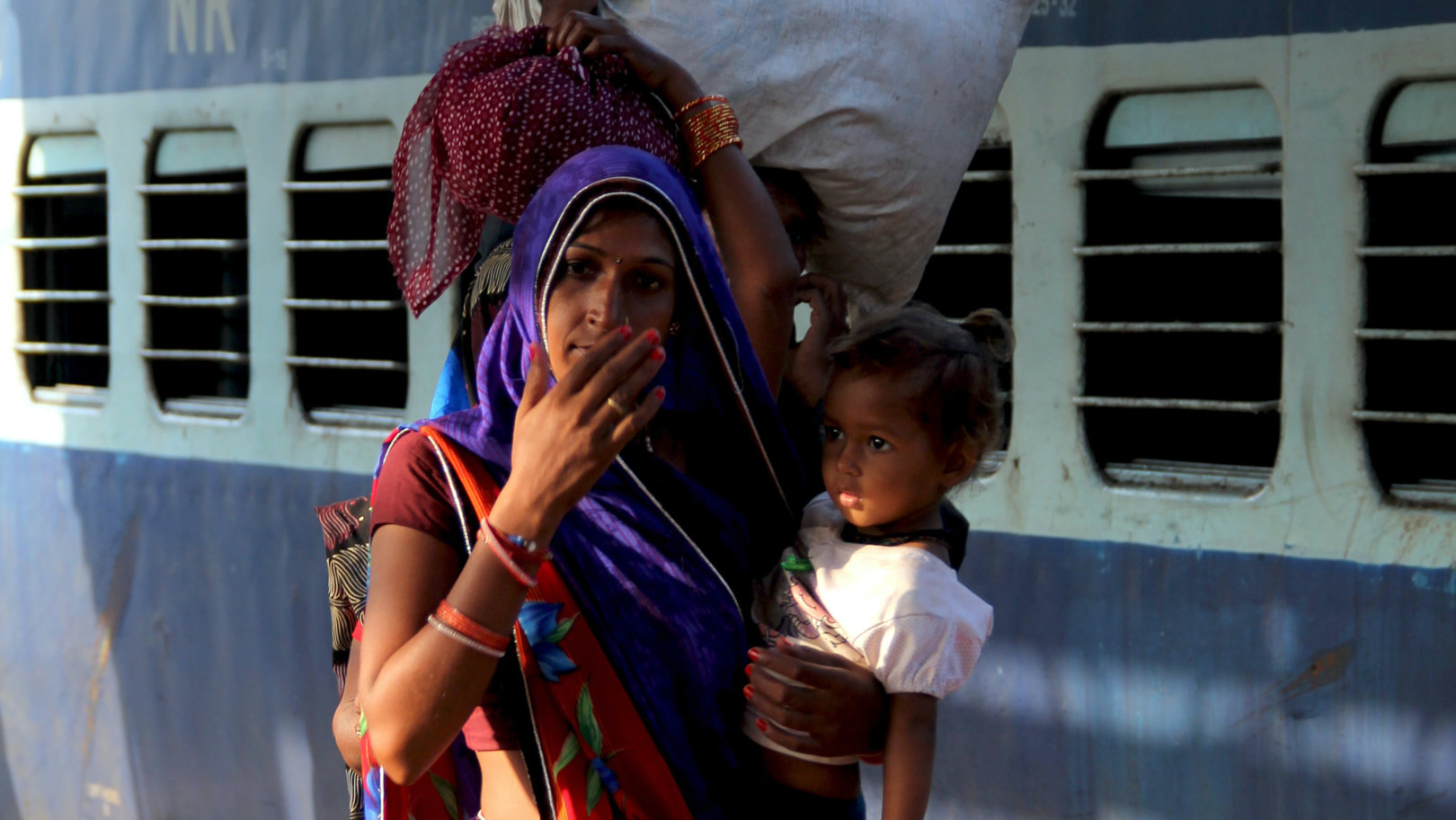
Trains are relied upon by more than 22 million passengers every day
With a bit of reading it became clear that the easiest, cheapest and most sustainable way to travel was by railway. It would also take me into the nooks and crannies of the country. Puffing up mountains, skirting coastlines and thundering through megacities, the trains are relied upon by more than 22 million passengers every day. Within a few short journeys I found myself embedded within a microcosm of Indian society that would eventually reveal to me why the railways are known as the ‘lifeline of the nation’.
Perched by the window, the train blasted through the deserts of Rajasthan. I sat chatting to engineers, pilgrims and students. They showed me photos of nieces and nephews, offered to guide me around temples and enquired about my non-existent husband. They played soap operas on their phones and flicked through my diary, bemused by my thoughts. In turn, I encroached on their games of rummy, nibbling their sweetmeats and wiping up homemade dal. Then I strolled about the platforms following their leads on buying hot pakoras and freshly brewed tea.
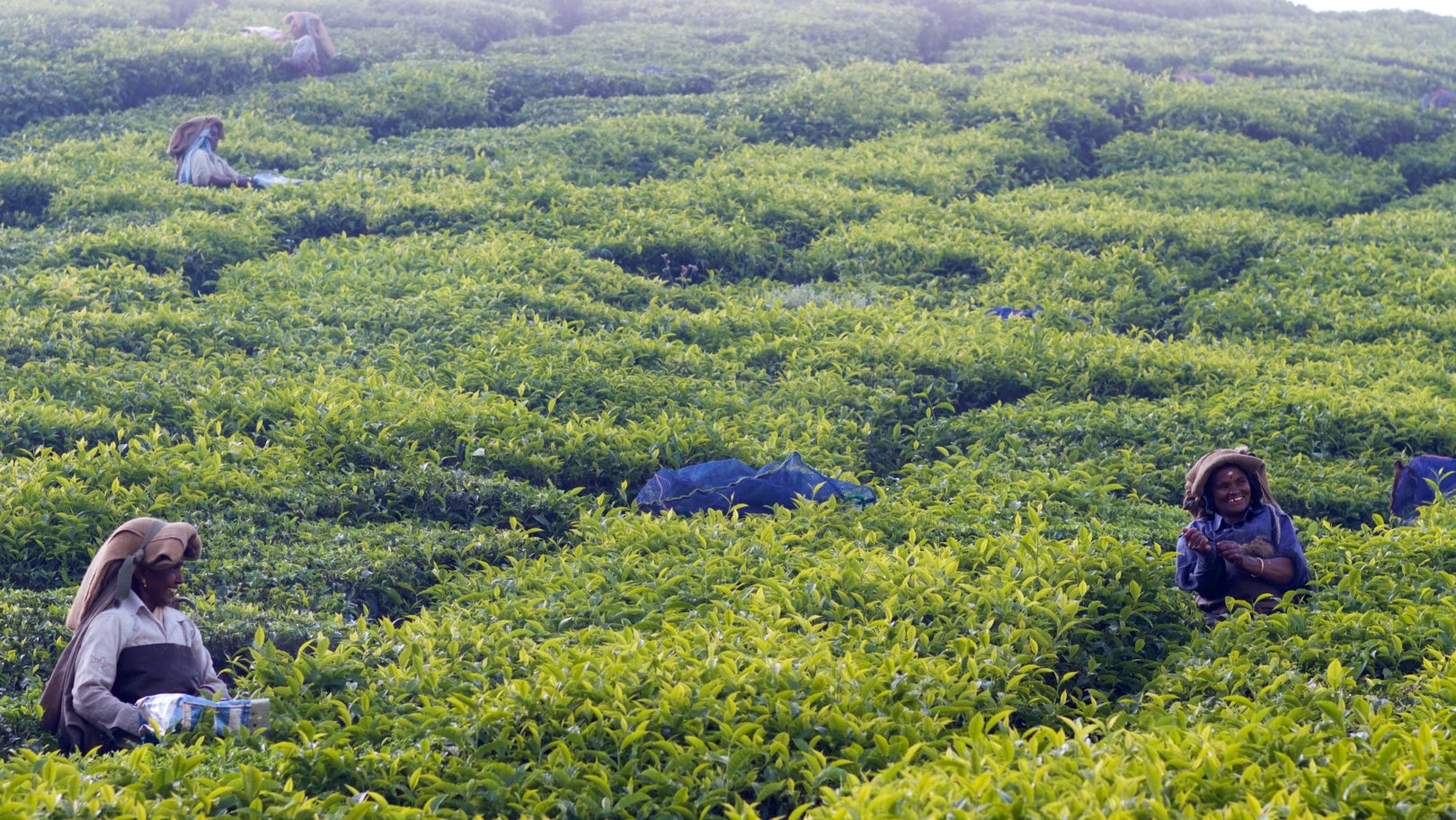
We’d pass mustard and millet fields being harvested by women
In Jaipur I walked the ramparts of Amer Fort (also known as Amber Palace), watching the city shimmer in the heat below. Painted elephants lumbered through the streets, wedding parties banged drums and rickshaws wound up tiny alleys where hawkers sold fresh popcorn and deep-fried treats. In Jodhpur, I paced the sky-blue painted old town, the smell of cooking thick in the morning air, decorated doors at every turn, spice markets blotched with colour – the ‘Blue City’, as it’s known, is Rajasthan in its most concentrated form.
Then it was back on board to Jaisalmer. Thick hot wind billowed through the window bars, a fine coat of the Thar Desert’s red dust settling on my hair, clothes and bags. We passed mustard and millet fields being harvested by women holding scythes, their red and orange saris like flames against the soft, sandy backdrop. During the journey, a young man named Madhav recommended the Kuku Coffee Shop in Jaisalmer Fort. I beelined there on arrival, the owners Deepak and Ritesh making their fabulous honey lassi in welcome.
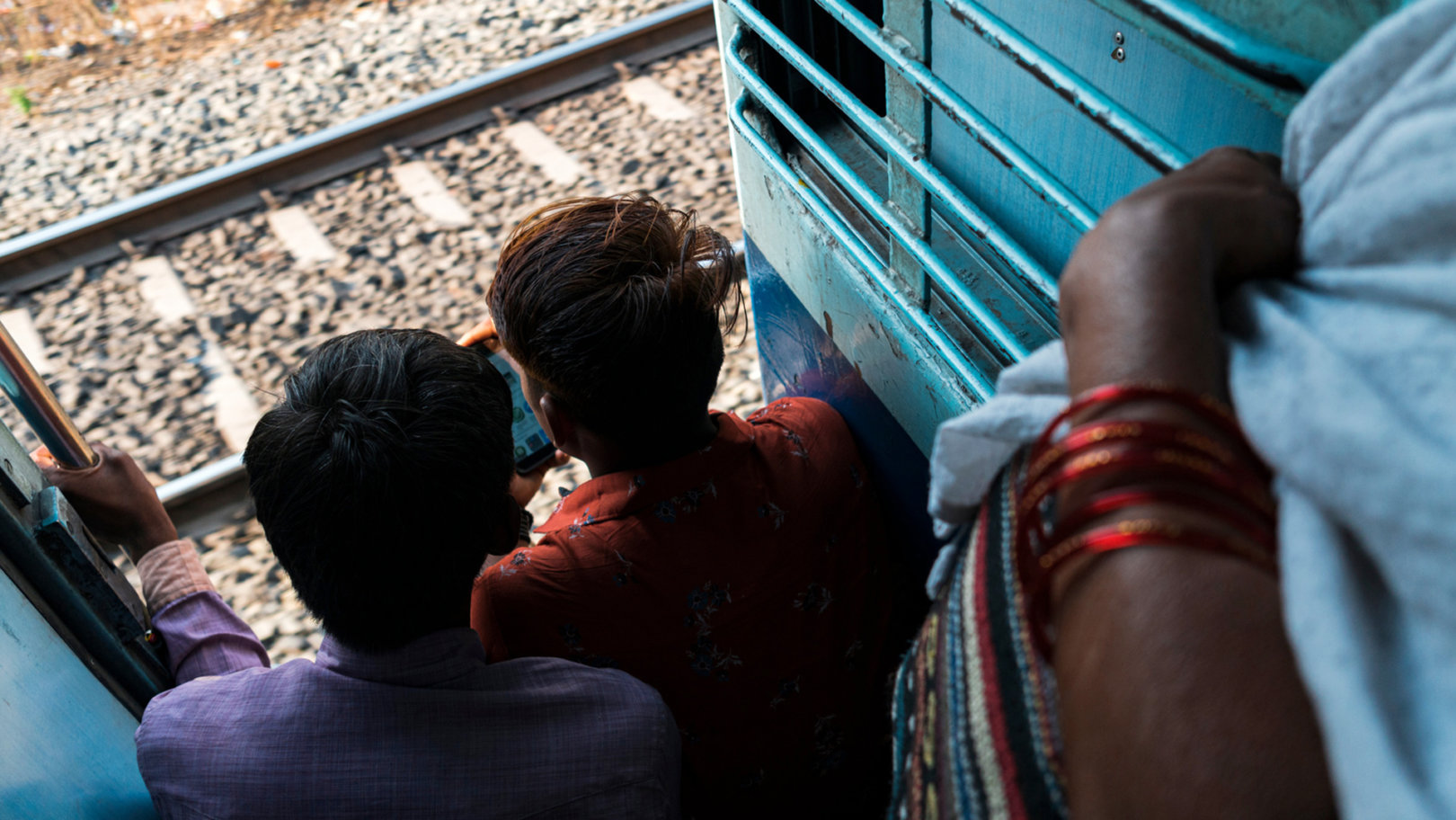
I slipped comfortably between my roles as insider and outsider
As a young woman in baggy pants, I posed no threat to passengers sharing their stories, troubles and philosophies. But from the outset I knew my appearance would fire curiosity. At once Indian but also different in accent, mannerisms and Adidas three-stripes, I slipped comfortably between my roles as insider and outsider, finding an innate trust and understanding between myself and my companions. Families invited me into their compartments, wrote down their phone numbers for my safety and placed their bangle-wearing babies on my lap.
Over time I learnt how my fellow passengers used the trains to commute, to escape the village for the big cities, to find work, love or simply for ‘timepass’ – a wonderful term for whiling away the day.
I boarded the Lifeline Express, an NGO hospital train that brings basic healthcare to the poor. Parking for four weeks at a time in different rural stations around the country, the volunteer surgeons let me on board to witness cataract and cleft-palate surgery during their stint in Madhya Pradesh.
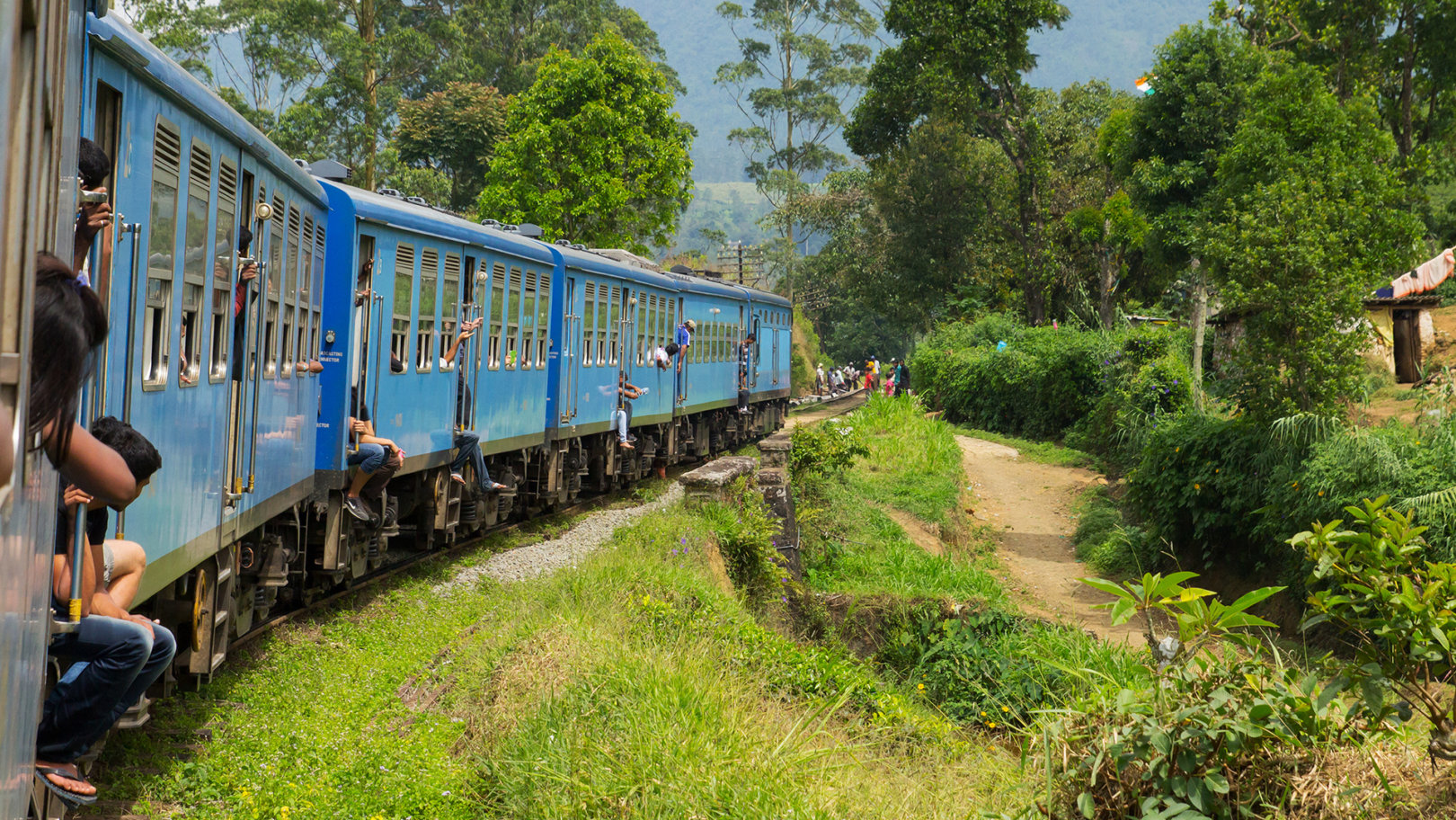
No one ever saw me, the voyeur at the window
Outside, in moments of quiet, I’d watch vegetable sellers count their soft, dirty notes, touching them gently to their foreheads in thanks, before dragging their wares across the tracks to the next awaiting train.
With more than five different classes and every type of train service available, from high-speed to mail, steam to local, Indian Railway is as dynamic as its people, allowing passengers to buy a ticket to a way of life. From a not-so-quiet corner of a carriage, anyone can bear witness to the movements of villages, towns and cities, peeling back the layers and discovering all their secrets: the smell of eucalyptus in the rain; the lovers walking at the edge of the sea; the colourful clothes drying in a doorway.
No one ever saw me, the voyeur at the window. I was the one who held back the curtain at dusk as the train rattled past village huts, watching hurricane lamps spark to life, inhaling the smoke winding off small fires and smiling at children running around before bed.
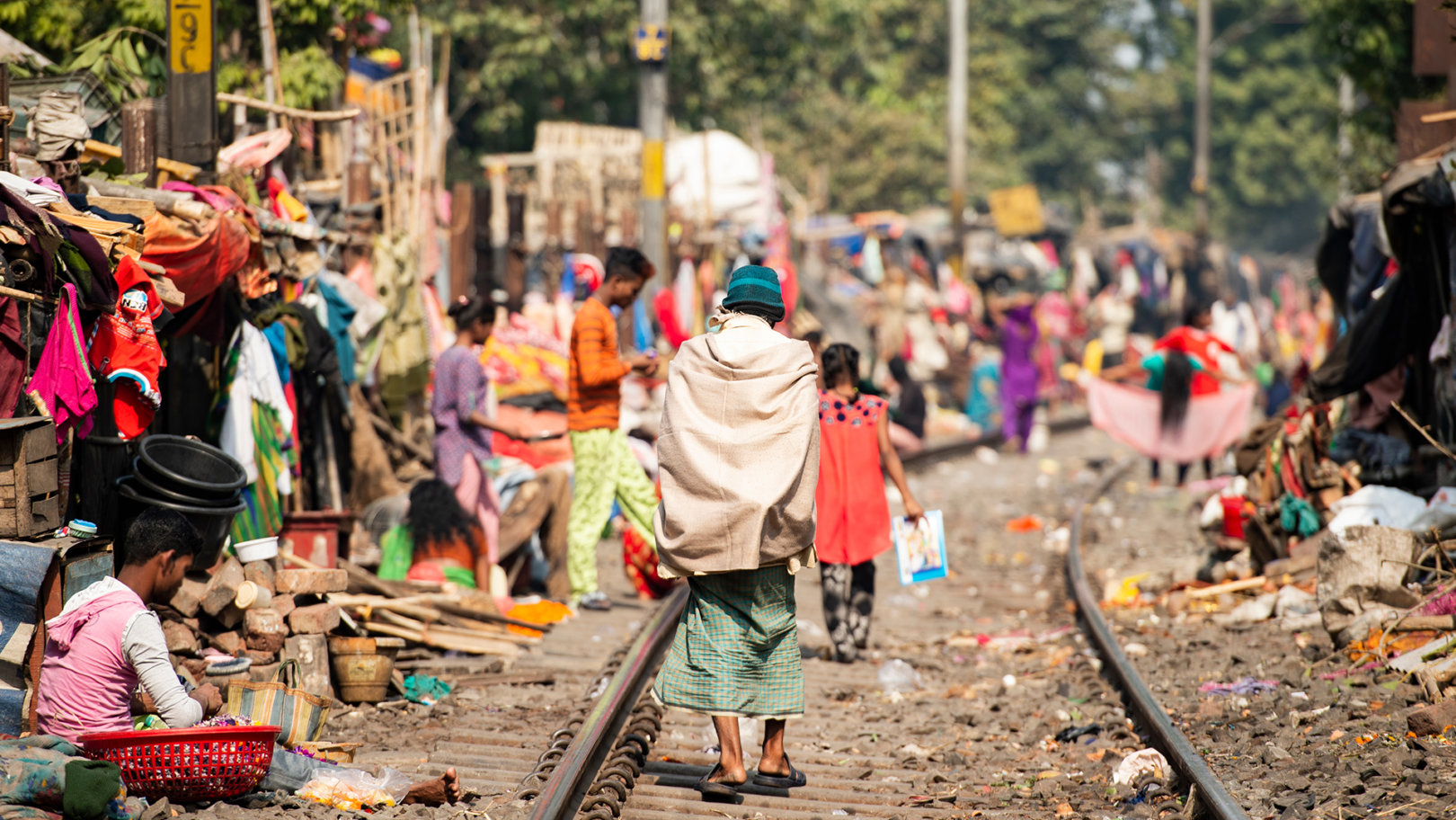
Indian Railway taught me why it was known as the lifeline of the nation
After four months and 80 rail journeys, that began and ended in Chennai, I realised the trains had become my home, the passengers my family. They’d carried me safely for more than 25,000 miles – the circumference of the earth.
Circling the country, ticking off Kanniyakumari in the very south, Dwarka in the west, Udhampur in the north and Ledo in the east, they’d shown me that the railways were so much more than a simple mode of transport. Offering employment to the masses, cheap travel to the poor, healthcare to the sick, company to the lonely and a chance to for visitors to explore, I finally understood why they were a lifeline to the nation and why they will forever be the bloodstream that keeps the country’s heart beating.
Monisha Rajesh is the author of Around India in 80 Trains (published by Hachette). Experience India for yourself on one of Flash Pack’s two new Indian adventures: one taking in the slow southern beauty of Kerala; the other the iconic northern highlights, including the Taj Mahal at sunrise and dining in the Thar Desert.
Got a story or adventure that could inspire a solo traveller like you? Tag @flashpack on social or email [email protected] to be featured.
Images: Adobe Stock & Unsplash





